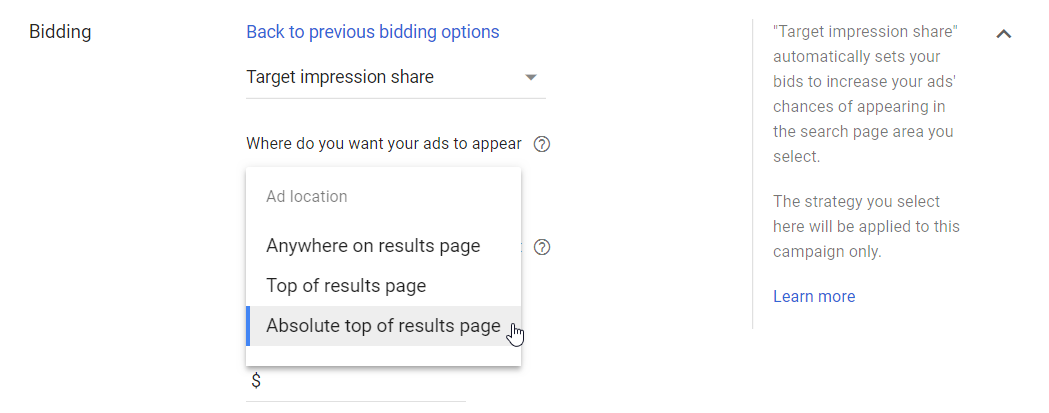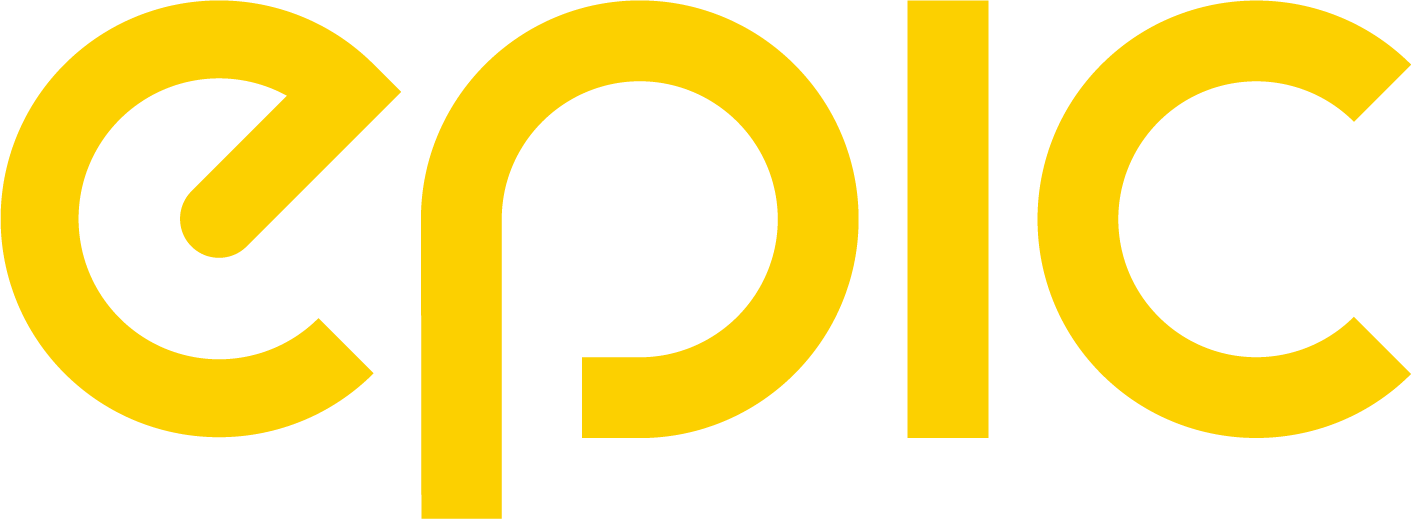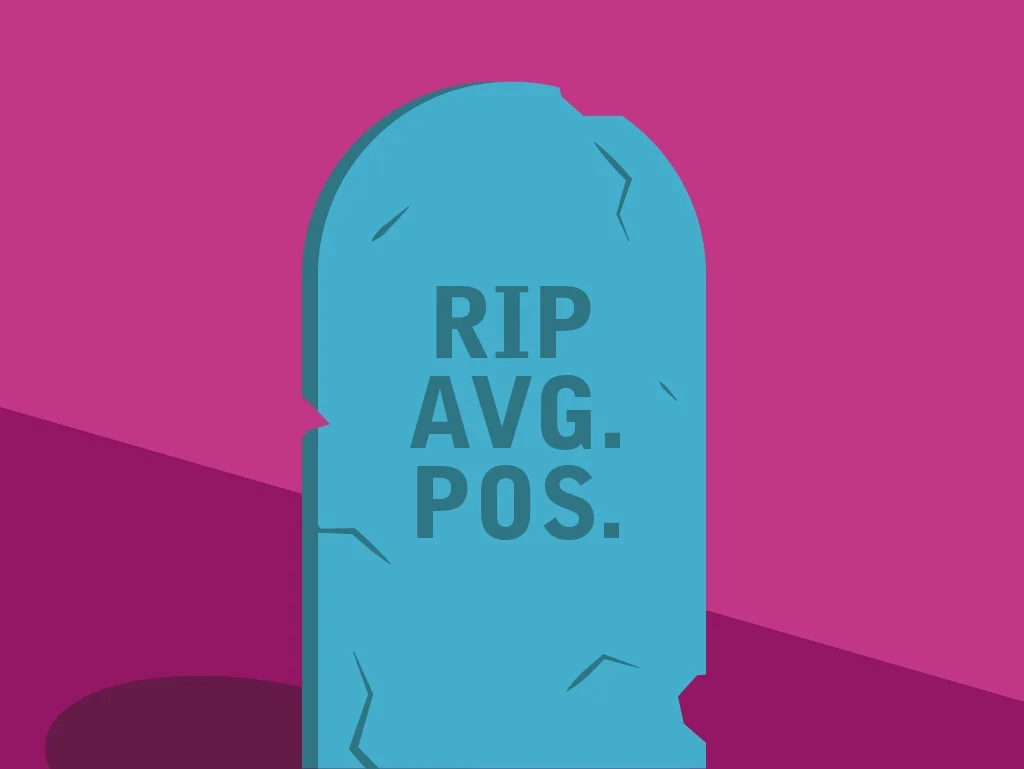It wasn’t too long ago that Google announced they would be retiring the average position metric in September of this year, but many advertisers are still scratching their heads and wondering what to do in the meantime. Yes, Google rolled out top and absolute top impression share metrics, but many advertisers still rely on average position because it’s seems pretty straightforward (but we’ll get to that in a second) and more important it’s what they’ve been using for years. Change is one of the only constant things in the PPC industry, so what do advertisers need to know in order to seamlessly transition from average position to these newer metrics? Here are a few things you should understand and keep in mind.
Understanding the Differences
Average position, simply put, is your average ad position compared to other ads. Seems pretty simple, right? Hold that thought and we’ll get back to it.
Top impression share is the percentage of the time your ads are shown anywhere above the organic results. In other words, top impression share = Impressions on top/eligible impressions on top. If your ads are shown above the organic results every other time you would have a top impression share of 50%.
Absolute top impression share is the percentage of the time your ads are shown as the very first ad above the organic results. Absolute top impression share = Impressions on absolute top/eligible impressions on top. If your ads are shown above the organic results and as the very first ad every other time you would have a top impression share of 50%.
By its very nature, a percentage is a bit more nebulous than a number. Many of us can understand an average position of 2.2, but a search top impression share of 53.70%? That’s not as intuitive.
So what’s the difference? Average position only looks at where your ad is compared to other ads and the new metrics look at where your ad is compared to everything else on the SERP. You could have an average position of 1.0, but still not be above the fold. The metrics that are replacing average position should give you a better idea about where your ads are actually showing. Here’s a chart from Google that may help.

Are the New Metrics Better?
Technically, yes, I suppose they are. Otherwise, Google wouldn’t be getting rid of average position. However, I’m going to miss the simple, actionable insights you can gain from average position. Does average position paint the whole picture? No, but I’ve been using it for years and check it every time I get into one of my client’s accounts.
Maybe you’ve already transitioned to the new metrics, but if not, here are few ways you can start getting used to top impression share and absolute top impression share.
How to Use the New Metrics
First things first, Google’s automated bid strategies take the guesswork out of tweaking bids to optimize your impression share. There’s even a bid strategy that automatically adjusts your bids based on whether you want your ads to appear anywhere on the results page, at the top of the results page, or at the absolute top of the results page. If, however, you use manual bidding then you’ll need to understand how to use these metrics.

There are different schools of thought, but typically when I’m running a branded campaign I want to be the first ad. I would, therefore, adjust bids and/or budgets to maximize my absolute top impression share.
If I’m not running a branded campaign, I generally don’t want to be in the first ad position. I’ve found that although you usually get more clicks and a higher clickthrough rate, the increase in cost per click and more importantly cost per conversion isn’t worth it. In this case, I would focus more on top impression share. I don’t care about the absolute top, I just want to make sure my ads get seen.
How to Improve Impression Share
There are many different ways you can affect your impression shares, but I’m only going to cover some of the most common ones.
Budget – This one should be a no-brainer, the more you are willing or able to spend the more impression share you could have. That’s about all I have to say with this one.
Bids – At first glance, it would be easy to think that higher bids would always lead to higher impression share, but this is most definitely not the case. If you’re limited by budget then increasing your bids could actually lead to a decrease in impression share. Why is this? Higher bids usually lead to higher costs per click which means you’ll get even fewer clicks from your already strained budget. When you’re not limited by budget though, increasing your bids can be a great way to increase your impression share.
Quality score – This should come as no surprise, but a good quality score can dramatically improve the performance of your ads. When your ads consistently have high clickthrough rates, are relevant to the searcher’s query, and send the searcher to a well-designed landing page, Google rewards you. All things being equal, if you improve your quality score you will get a lower cost per click while at the same time increasing your ad rank. So your budget goes further and your ad appears higher in the SERPs, you’re killing two birds with one stone.
Final Thoughts
After reading this you should have at least a basic understanding of the differences between average position and the new top impression share metrics, how to use the new metrics, and a few ways you can improve your impression share. Using this information, I’d advise you to start incorporating top impression share and absolute top impression share into your routine campaign optimizations. You can continue to use average position for now, but remember – it’s going away in September.
Interested in a free Google Ads audit? Fill our contact form and we’ll be in touch!







